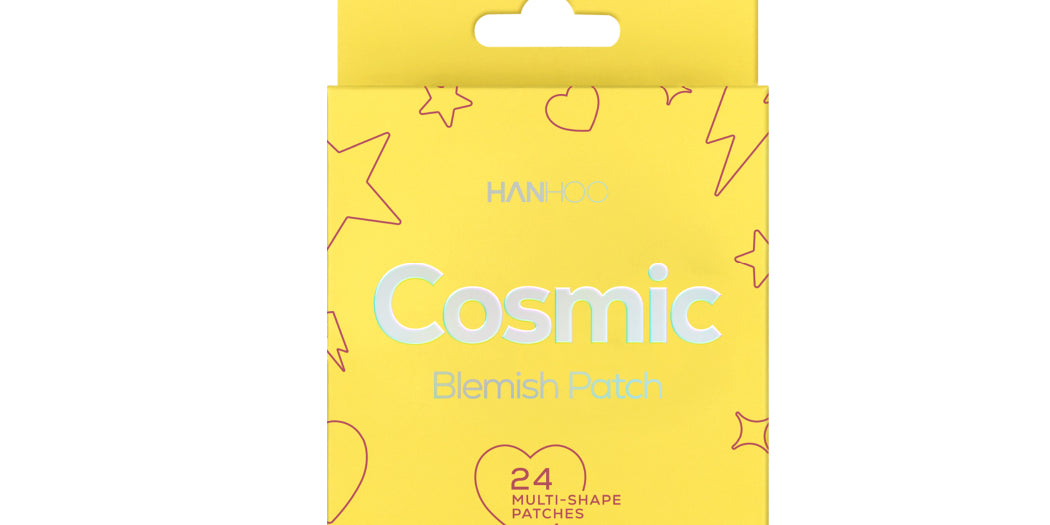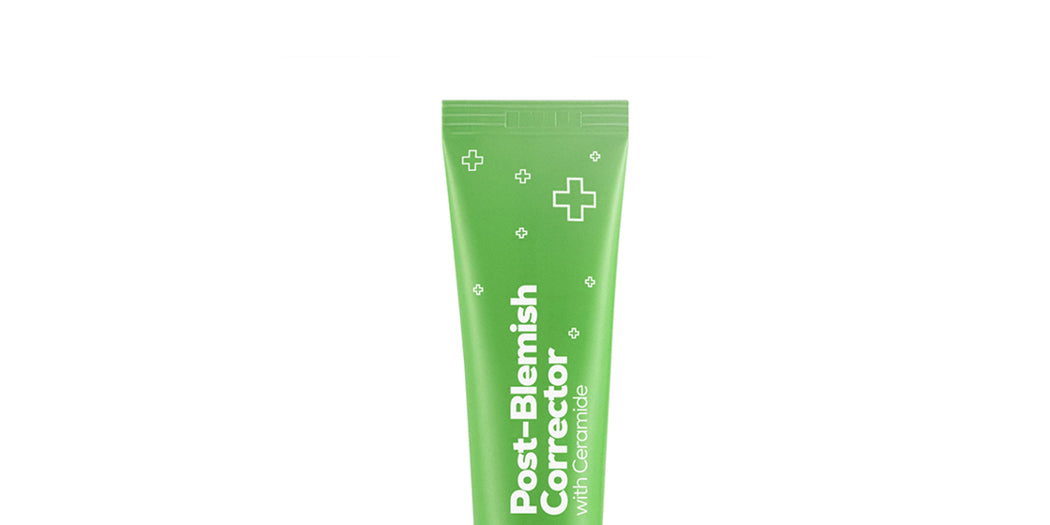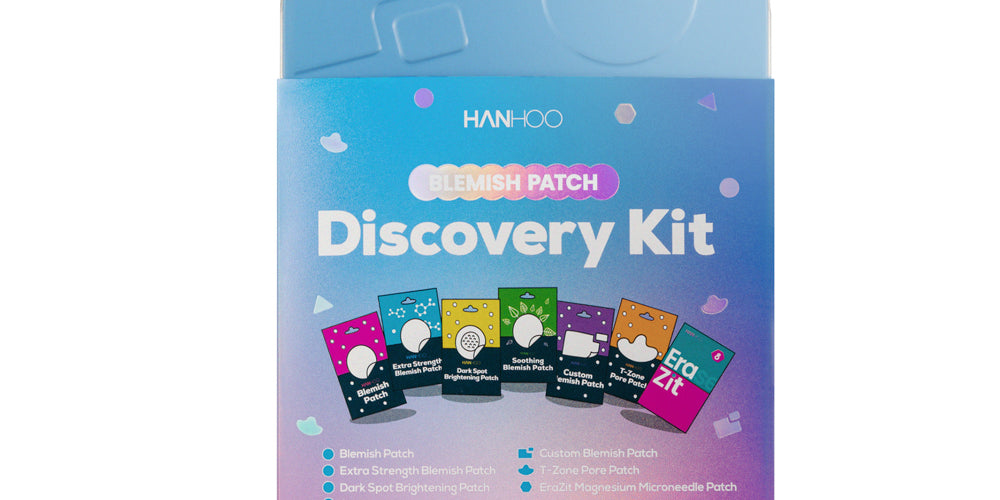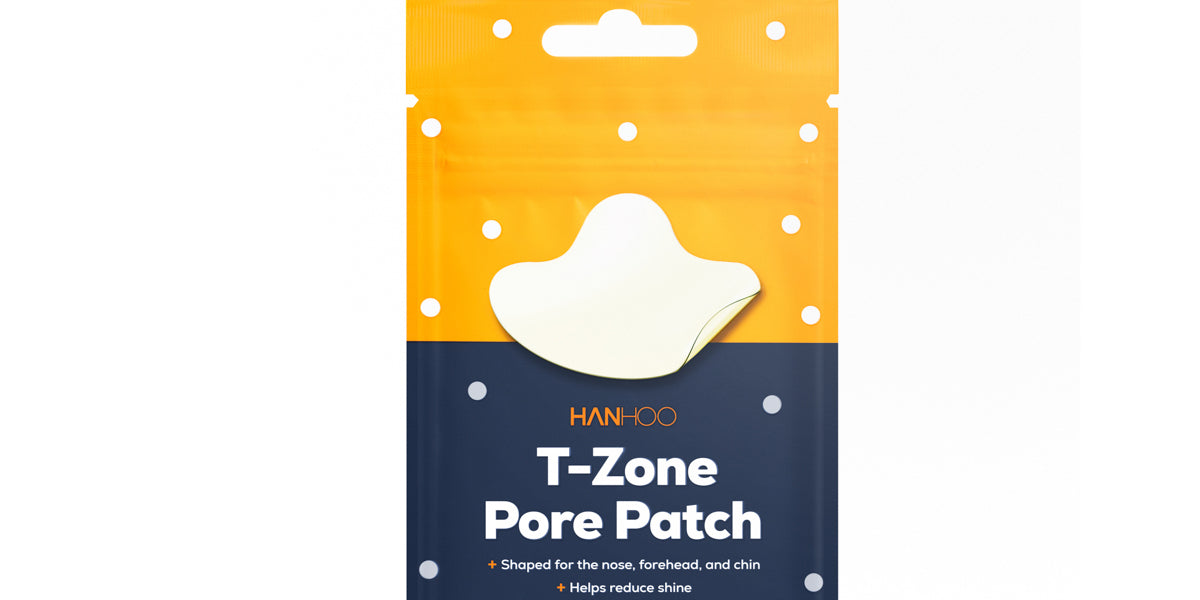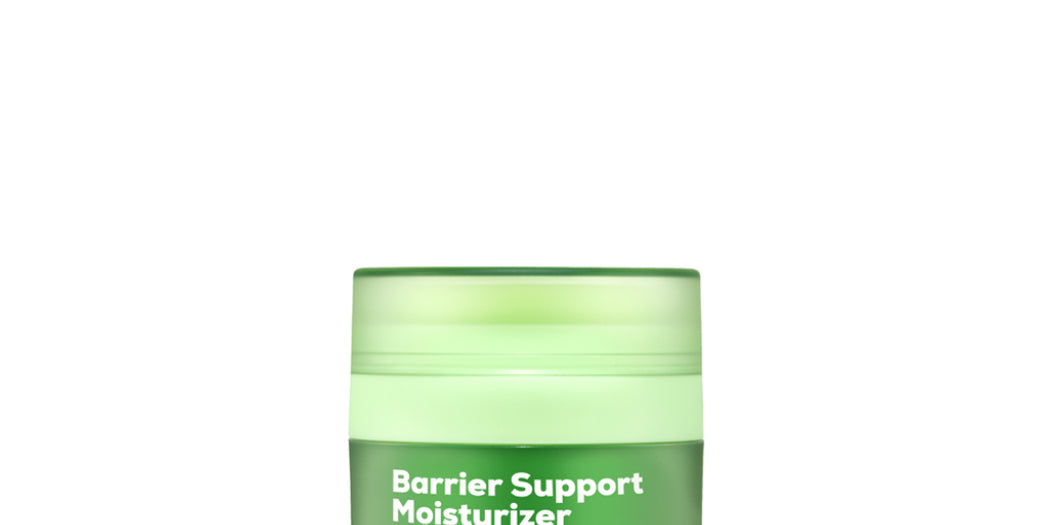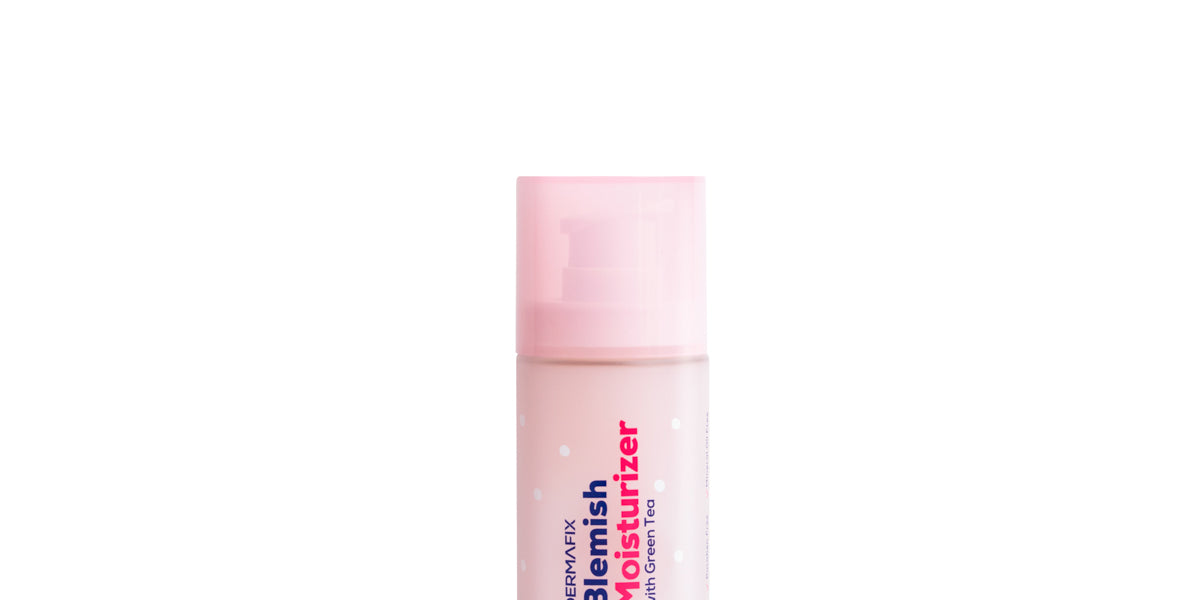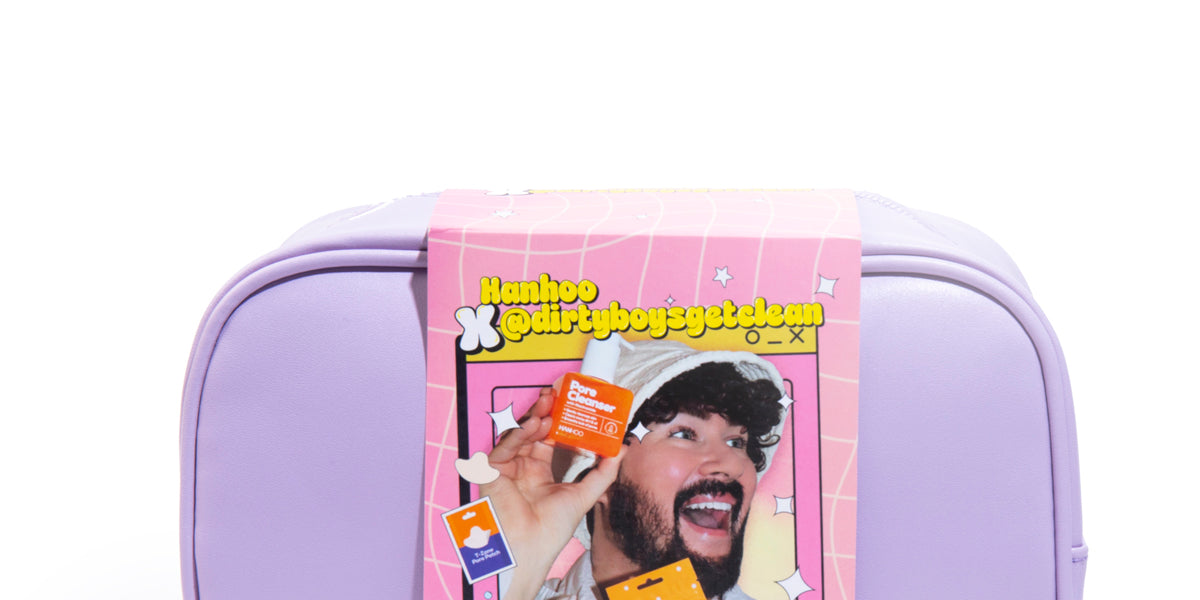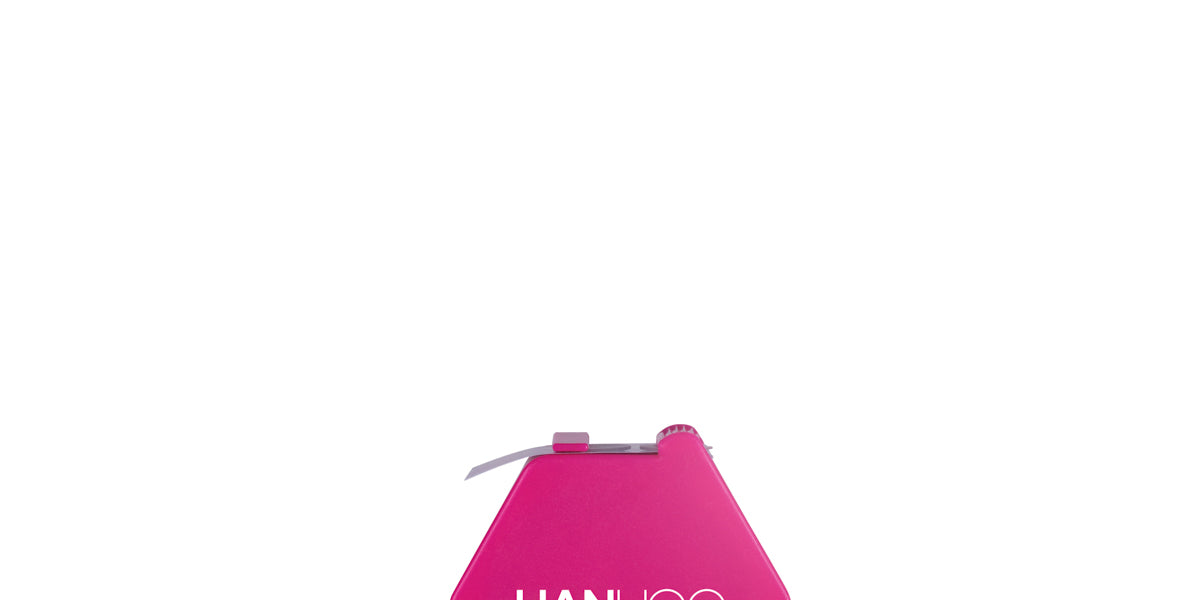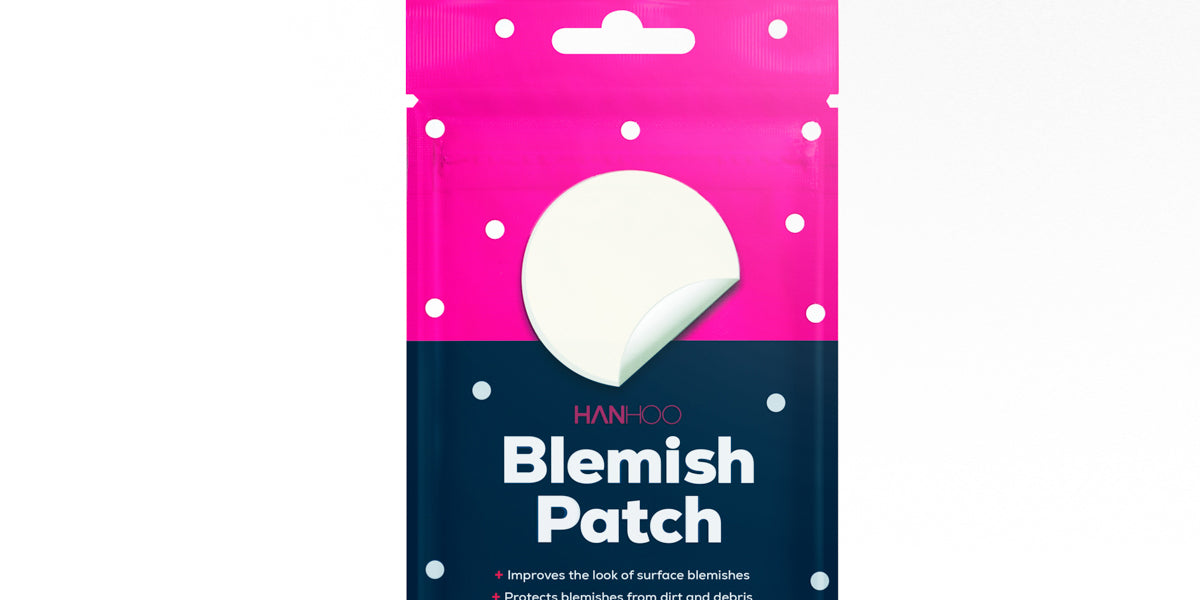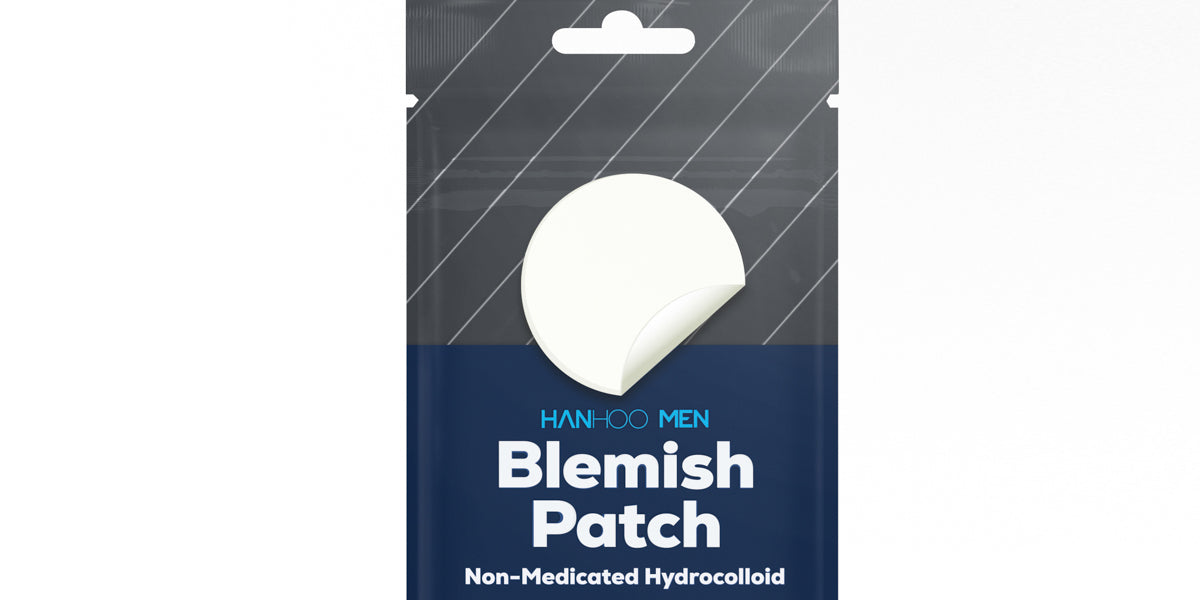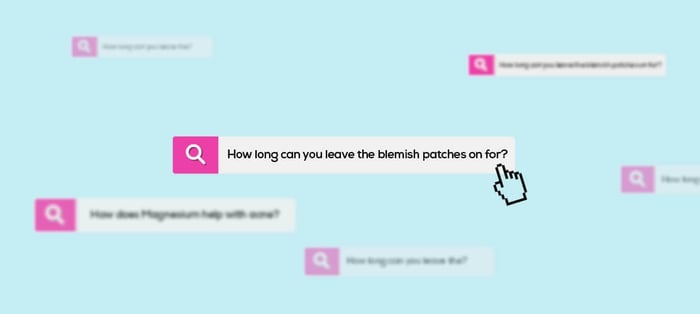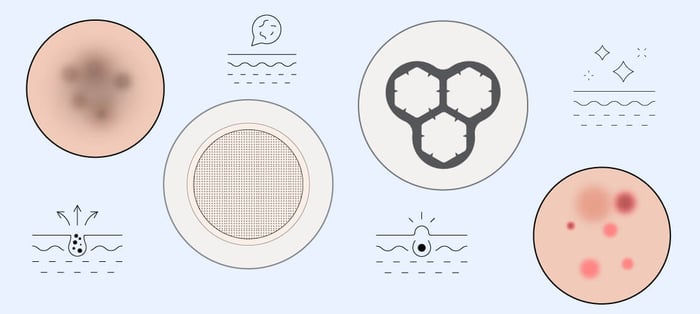While it's advised to avoid popping pimples, it’s not always easy to follow this advice. It’s especially difficult to keep your hands off a spot when a super visible whitehead pops up just asking to be popped.
But, while there are safe ways to pop a pimple it doesn’t mean you should always pop a pimple as the primary way of getting rid of acne. For one, popping can lead to scarring and, in worst case scenarios, infection.
And you can’t exactly pop all types of pimples. For example, cystic pimples, the kind that are tender to the touch and can appear as a red bump, are pretty harmful to try to pop. If you find yourself applying too much pressure on a pimple and nothing comes out then it’s better to apply your acne products instead of trying to push it out. Trying to pop cystic pimples can lead to scarring and pushes the contents of the pimple deeper into the skin, increasing inflammation.
Then there are non-inflamed whiteheads that are usually easier to pop since they tend to show up closer to the surface of the skin. With little pressure applied these kinds of pimples pop right out.
But even with these easier to pop types of pimples there is also a chance that the spot may start bleeding after you’ve popped it. If you’re a chronic pimple popper then you may have come across a couple of pimples that started bleeding. In this case after care is pretty important to help the spot heal.
🧊 Apply pressure (and ice if needed)
If a pimple starts bleeding after you’ve popped it, the first thing you should do is stop the bleeding. You can do this by gently applying pressure to the spot with a tissue for a couple of minutes.
And if you experience a bit of swelling around the spot, you can apply ice to help calm the skin. Simply wrap up some ice in a clean cloth or tissues and apply it to the spot for a few minutes at a time.
🧼Cleanse the spot
After the bleeding has stopped, cleanse the area with a gentle cleanser. Make sure to use a gentle cleanser, and no harsh exfoliants, when cleansing the skin to avoid messing with a scab (if one has formed).
Be sure to avoid applying alcohol or hydrogen peroxide to the spot. While you may have grown up thinking alcohol and hydrogen peroxide help clean an open wound they can actually hinder the healing process and may cause scarring if applied to an open wound.
🛡️Apply antibiotic
As you would with a cut or scrape, apply a small amount of antibiotic ointment to the popped pimple to help prevent infection. And always apply it on the skin with clean hands to avoid spreading bacteria to the skin.
🩹Patch up the spot
You can also use hydrocolloid patches to help speed up the healing time of a popped pimple. Our Soothing Blemish Patch is infused with Aloe, Madecassic Acid, and Tea Tree Extract to help soothe and calm popped pimples as well as protect the skin from outside irritants.
Patching up popped pimples is especially helpful if you have a habit of constantly picking at your skin. With the spot healing, it’s important to keep hands off to prevent spreading any bacteria to the popped pimple.
Lastly…
Once the spot has healed and the scab has naturally fallen off, if you see a little bit of an acne scar left behind, you can apply a dark spot treatment to help reduce the look of acne scars and hyperpigmentation (like our Dark Spot Brightening Patch 😉).

